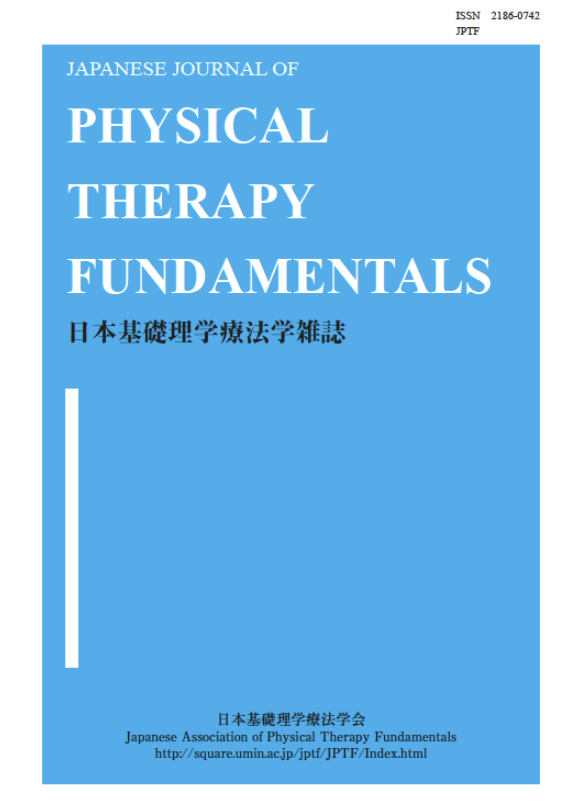Supraspinal modulation and phase-related sensory input might play an important role in the induction of spinal plasticity and functional recovery of locomotion among patients with central nervous system(CNS) lesions. Spinal reciprocal inhibition(RI) between agonist and antagonist muscles is mediated by the Ia inhibitory interneurons. However, in patients with CNS lesions, dysfunction in RI is thought to contribute to abnormal muscle coactivation during locomotion. The effects of peripheral nerve electrical stimulation(ES) on RI are limited. Pedaling is widely used for rehabilitation of locomotion because it induces similar muscle and brain activity to that observed during locomotion. We, therefore, applied pedaling and ES simultaneously and examined the effects on RI and gait disturbance. Pedaling plus ES induced stronger after-effects on RI in healthy person. In patients with subacute stroke, pedaling plus ES improved a maximum gait speed that was significantly improved during the intervention phase compared with that during the baseline phase. Furthermore, we investigated our hypothesis that anodal transcranial direct current stimulation(anodaltDCS), which can increase corticospinal excitability, combined with phasic sensory input using patterned electrical stimulation can improve RI and motor function in patients with incomplete spinal cord injury. Combination of anodal tDCS with patterned electrical stimulation significantly modulated RI and improved ankle movement. In summary, ES combined with pedaling or anodal tDCS induces spinal plasticity and promotes functional locomotor recovery in patients with CNS lesions.
View full abstract
